Sinigang, a sour tasting soup originating from the Philippines, is usually served as a main dish with rice. Many people make this dish for special occasions such as a birthday or a baptism, but its not for any special purpose, just a common dish of the Filipino culture. Sinigang is often composed of a type of meat or fish, vegetables, tomatoes, and tamarind flavoring. For example sinigang can be cooked with beef, chicken, pork spare ribs, shrimp, or even fish, but more commonly it is cooked with pork. Vegetables can be bok choy, string beans, broccoli, okra, taro, kangkong, or eggplant can be used, but is usually cooked with bok choy. My family in particular has made sinigang using pork spare ribs, bok Choy, tomato, and onion using the tamarind fruit powder flavoring to add the sour taste to the soup because that is how it was made where they are from, Manila. Over time, sinigang has evolved in where it has gotten it sour taste from; according to Scribd, people now use guava, raw mango, or calamansi to add the sour taste to their soup instead of just the tamarind flavoring.
Sinigang is often assumed to be the national food of the Philippines because of how common and how long it has been around, but it is in the top ten of the Filipino specialties along with lechon, adobo, and lumpia. This dish is called sinigang because that specific word means stew which is exactly what the dish is. This stew can be helpful for a sore throat or even on a cold night to keep you warm. My Lola has often described the dish as being the food to bring people together, their little piece of home they get to eat whenever it’s made. Different regions in the Philippines cook this dish differently – Legazpi City makes this dish with fish (fish head in particular), with beef in Makati City, and with chicken in Kawit a province of Cavite, Philippines. Over time, the tamarind flavoring has evolved as well; . Over time, the tamarind flavoring has evolved as well; The fruit is no longer used and now there is a tamarind powder flavoring or tamarind bouillon cubes. Initially you were supposed to allow the tamarind fruit to boil in water until the shell came off then allow the fruit to soak in the water, which would give the broth the sour flavor. These steps can now be avoided simply by using the powder soup mix or the bouillon cubes that offer equal the taste.
This food is authentic because of the way it has been made over the course of time. While the flavoring to make the food sour has changed, the taste has not. While different ingredients have been used, that’s how its always been, there are different ways to make sinigang depending on the region of the Philippines you are from, but nothing has changed drastically for this common Filipino dish.

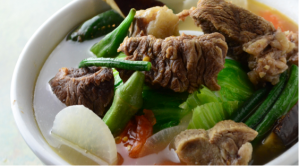
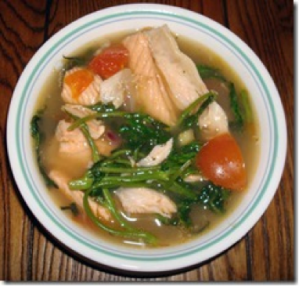
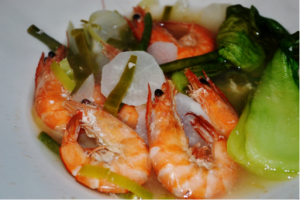
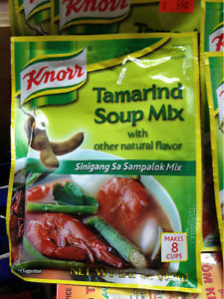
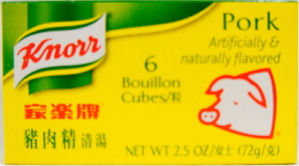
No comments:
Post a Comment